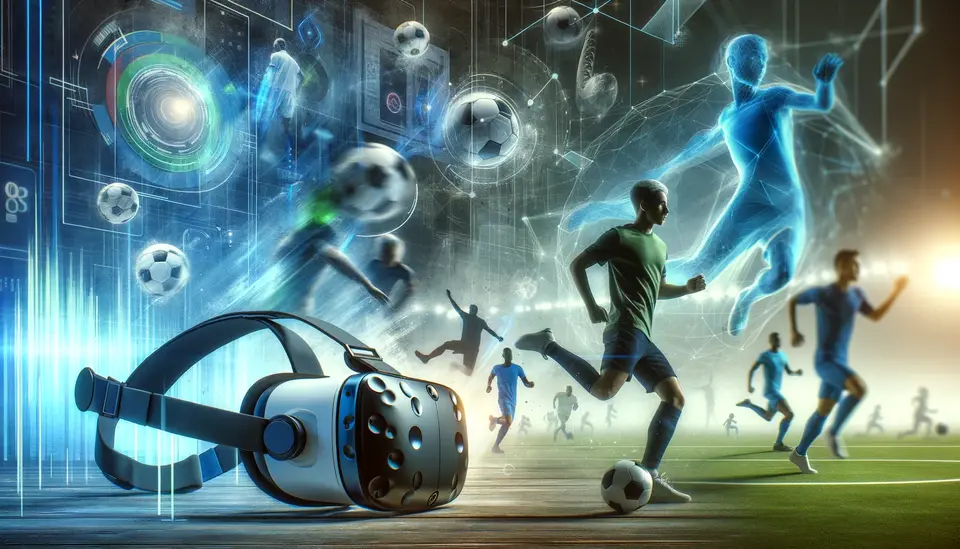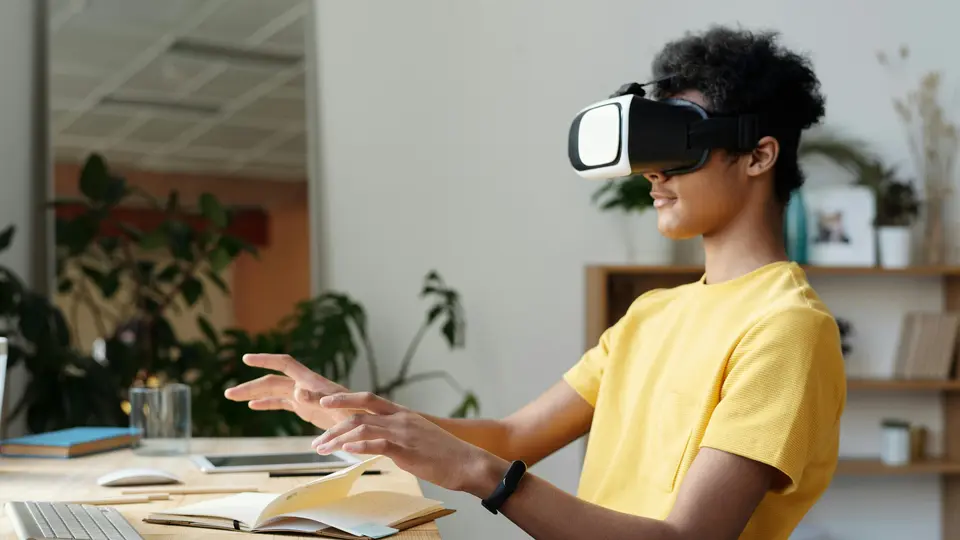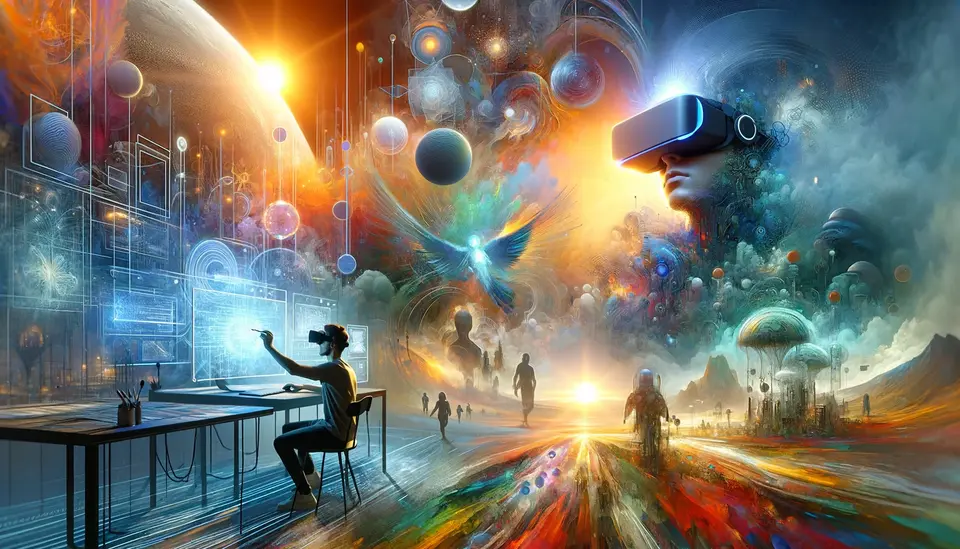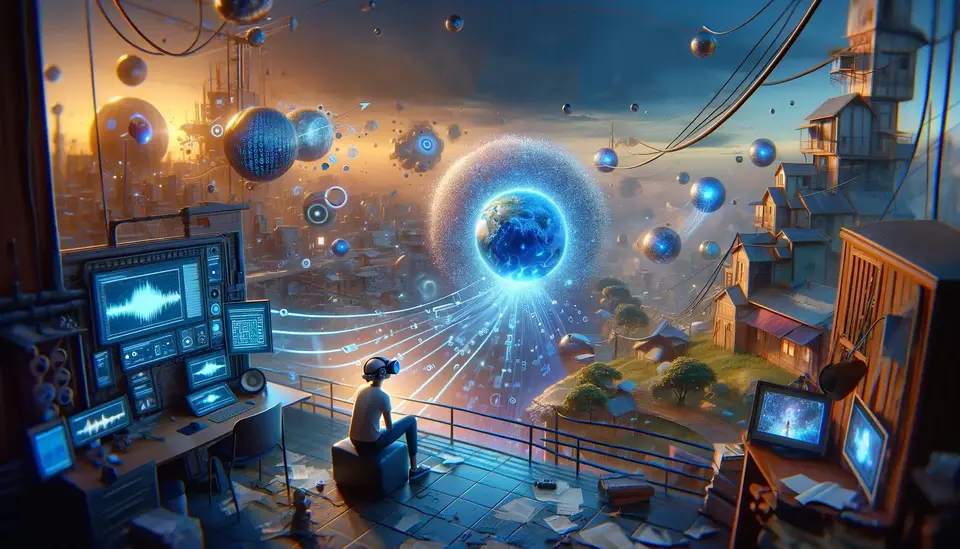All About Virtual Reality (VR)
Posted on January 7, 2023 7 minutes 1328 words
Table of contents
- What is Virtual Reality
- Brief History of Virtual Reality
- The Major Milestones in the Development of the Virtual Reality
- How Virtual Reality Differs from Augmented Reality
- How Virtual Reality Differs from Mixed Reality
- Types of Virtual Reality Technology
- Virtual Reality Applications and Potential of Future
- The Most Popular Virtual Reality Applications with Real Examples
- The Future of Virtual Reality
- Limitations and Challenges of Virtual Reality
- Conclusion
What is Virtual Reality
Virtual Reality (VR) refers to a computer-generated simulation of a three-dimensional environment that can be interacted with in a seemingly real or physical way by a person using special electronic equipment. This can be achieved through the use of a headset with a screen inside, gloves fitted with sensors, or other VR equipment. VR allows the user to feel as though they are present in the virtual environment, fully immersing themselves in it.
Brief History of Virtual Reality
The earliest forms of virtual reality can be traced back to the 1950s, when Morton Heilig developed the Sensorama, a machine that combined a 3D movie with smells, sounds, and vibration to create a fully immersive experience. However, it was not until the 1980s and 1990s that VR technology began to be developed for commercial purposes. One of the major milestones in the development of VR was the creation of the first VR headset, the VR-1, by VPL Research in the late 1980s. This was followed by the development of the Virtuality system in the 1990s, which allowed users to play interactive games in a VR environment.
The Major Milestones in the Development of the Virtual Reality
Some of the major milestones in the development of VR include:
-
The creation of the first VR headset, the VR-1, by VPL Research in the late 1980s.
-
The development of the Virtuality system in the 1990s, which allowed users to play interactive games in a VR environment.
-
The release of the Oculus Rift headset in 2012, which sparked a resurgence of interest in VR and led to the development of other VR headsets such as the HTC Vive and PlayStation VR.
-
The integration of VR with other technologies such as Augmented Reality (AR) and Mixed Reality (MR), allowing for a more seamless blending of the digital and physical worlds.
How Virtual Reality Differs from Augmented Reality
Virtual Reality (VR) and Augmented Reality (AR) are often confused, but they are actually quite different technologies. VR involves creating a completely separate and artificial environment that the user can fully immerse themselves in, while AR involves superimposing digital information on top of the real world. AR allows the user to see the real world, but with additional digital elements added, while VR creates a completely artificial environment that replaces the real world.
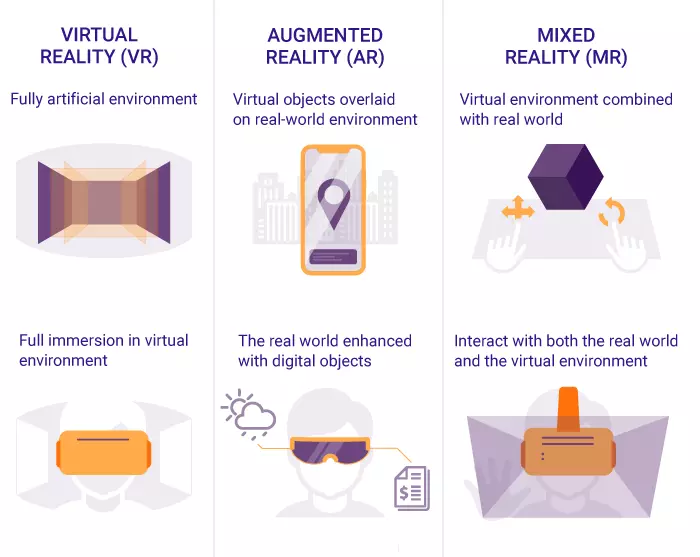
How Virtual Reality Differs from Mixed Reality
Virtual Reality (VR) and Mixed Reality (MR) are also different technologies. MR involves blending the digital and physical worlds in a way that allows for interaction between the two. This is different from VR, which creates a completely separate and artificial environment, and from AR, which superimposes digital information on top of the real world. MR allows the user to see and interact with both the virtual and real worlds at the same time, while VR and AR involve replacing or augmenting the real world with a digital environment.
Types of Virtual Reality Technology
There are several types of VR technology currently available, including head-mounted displays (HMDs), handheld controllers, and motion tracking systems. HMDs are the most common type of VR technology and are worn on the head to immerse the user in a virtual environment. The most well-known HMDs are the Oculus Rift, the HTC Vive, and the PlayStation VR. Handheld controllers allow the user to interact with the virtual environment, using sensors to detect movement and translate it into the VR world. Motion tracking systems, such as the Kinect, use cameras to track the movements of the user and translate them into the virtual world. These different types of VR technology work together to create a fully immersive VR experience.

Virtual Reality Applications and Potential of Future
Virtual Reality (VR) has a wide range of applications, including gaming, entertainment, education, and healthcare. In gaming, VR allows players to fully immerse themselves in a virtual world and interact with it in a more realistic way. VR gaming has become increasingly popular in recent years, with a growing number of VR games being developed for HMDs. In entertainment, VR can be used to create immersive experiences, such as concerts or theme park rides. In education, VR can be used to simulate real-world scenarios, such as surgeries, for training purposes. In healthcare, VR can be used for pain management, phobia treatment, and rehabilitation.
Looking to the future, the potential for VR is vast. It is likely that VR will continue to advance and be used in a wider range of applications. Potential advancements include the development of more advanced and realistic VR environments, as well as the integration of VR with other technologies, such as AR and MR. There is also the potential for VR to be used in fields such as architecture, allowing designers to create and explore virtual models of buildings before they are built.

The Most Popular Virtual Reality Applications with Real Examples
Some of the most popular VR applications currently include:
-
Gaming: VR gaming has become increasingly popular in recent years, with a growing number of VR games being developed for HMDs. Some popular VR games include “Beat Saber,” “Half-Life: Alyx,” and “No Man’s Sky VR.”
-
Entertainment: VR can be used to create immersive experiences, such as concerts or theme park rides. For example, the VR experience “The Void” allows users to walk through and interact with a virtual world while being physically present in a real-world location.
-
Education: VR can be used to simulate real-world scenarios for training purposes. For example, medical students can use VR to practice surgeries before performing them on real patients.
-
Healthcare: VR can be used for pain management, phobia treatment, and rehabilitation. For example, VR can be used to help patients with phobias confront their fears in a safe and controlled environment.
The Future of Virtual Reality
Looking to the future, it is likely that VR will continue to advance and be used in a wider range of applications. Potential advancements include the development of more advanced and realistic VR environments, as well as the integration of VR with other technologies, such as AR and MR. There is also the potential for VR to be used in fields such as architecture, allowing designers to create and explore virtual models of buildings before they are built. It will be interesting to see how VR is used in the future and how it will continue to shape and transform various industries.
Limitations and Challenges of Virtual Reality
There are several limitations and challenges to the adoption of VR technology. One of the main challenges is the high cost of VR hardware and content, which can make it difficult for many people to access and use VR. Another challenge is the risk of motion sickness, as some VR experiences can cause motion sickness in some users. There is also the potential for misuse of VR, such as in the creation of inappropriate or harmful content. These challenges will need to be addressed in order for VR to reach its full potential and be more widely used in various industries and applications.

Conclusion
Virtual Reality (VR) is a technology that has the potential to revolutionize how we interact with and experience the world around us. While there are limitations and there are still challenges to its widespread adoption, including the high cost of hardware and the risk of motion sickness. However, as VR technology continues to advance and become more widely available, it is likely that VR will play a larger role in our daily lives and be used in a wider range of industries and applications. The future of VR looks bright, and it will be interesting to see how it continues to shape and transform the way we interact with the world around us.
For more detailed information about virtual reality, you can read our articles “What is virtual reality?" and “What is the virtual reality (VR) headset?“.


